
Piercing the veil
A new exhibition at Buxton Contemporary finds a rich complexity in the shadowy terrain between life and death.
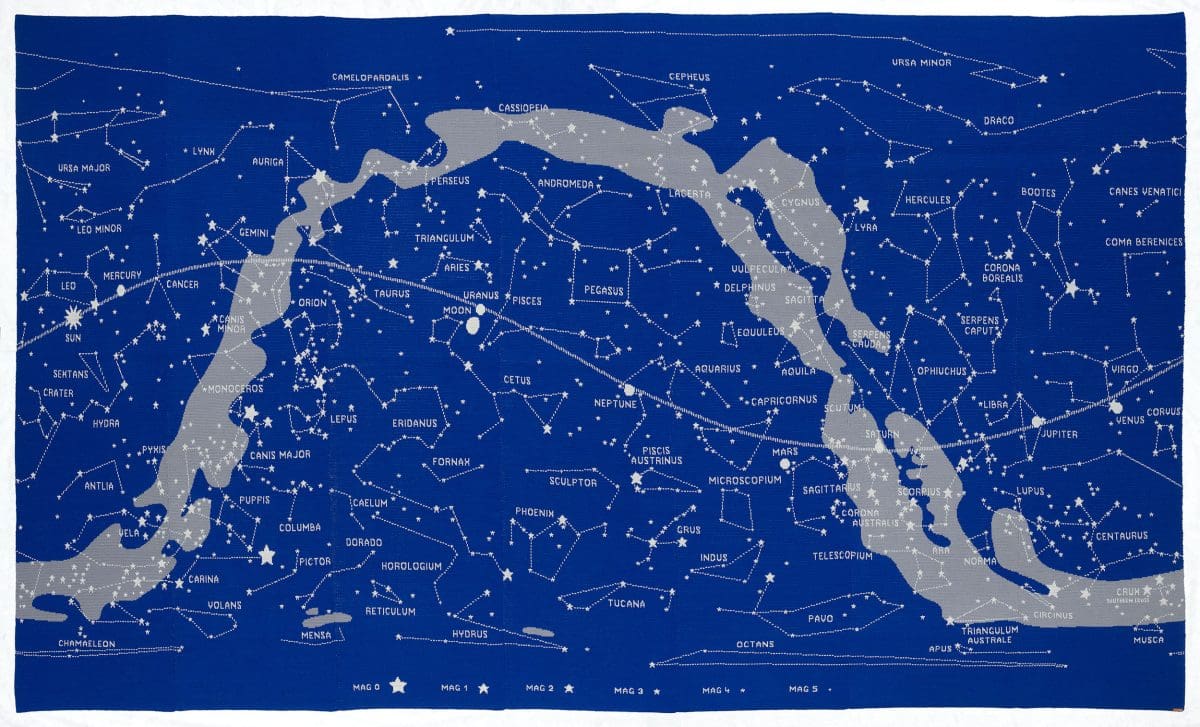
Sarah Spencer, Stargazing, 2018, wool, cotton and LED lights. Image courtesy of the artist and State Library Victoria.
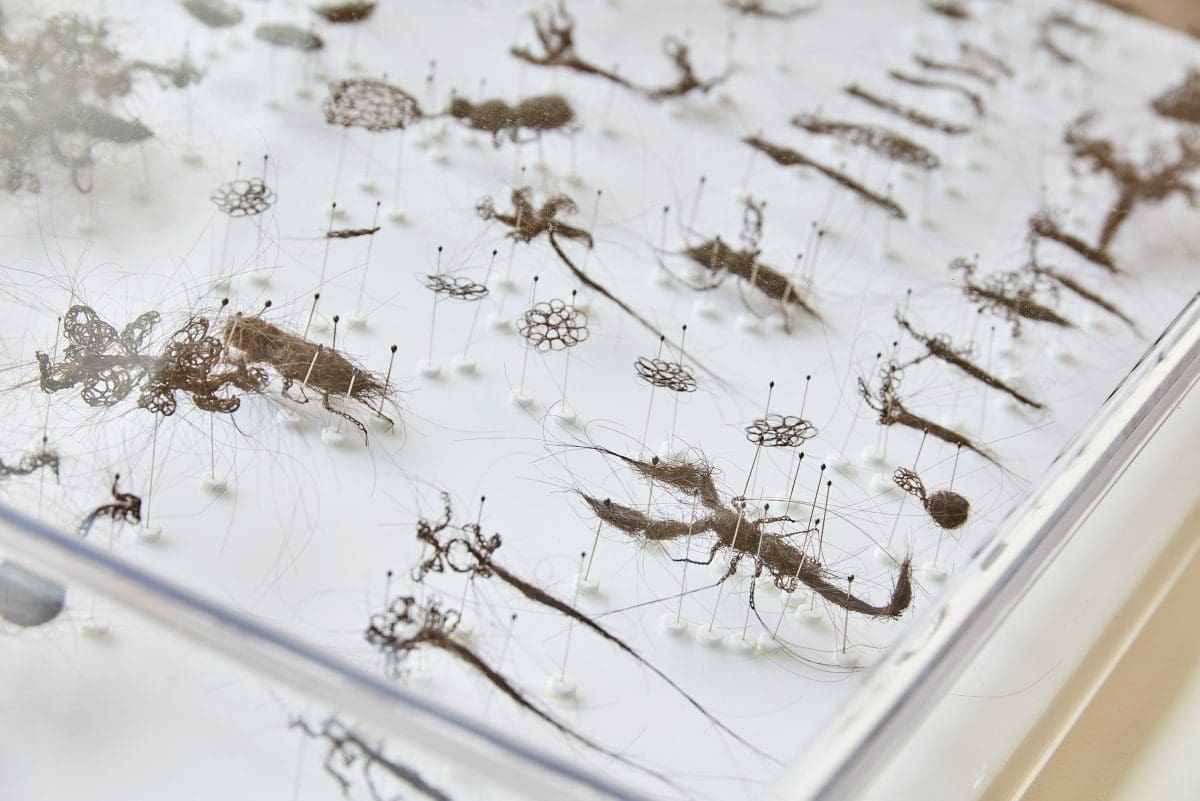
Imhathai Suwatthanasilp, Ash Flowers, 2022 (detail), human hair, sewing thread, glue, 70 x 270 x 12 cm. Courtesy of the artist and 16Albermarle.

Lu Yang, Hell (still), 2021, single channel digital animation, HD, colour, sound, image courtesy the artist and COMA, Sydney © the artist. Image supplied by the Museum of Contemporary Art.
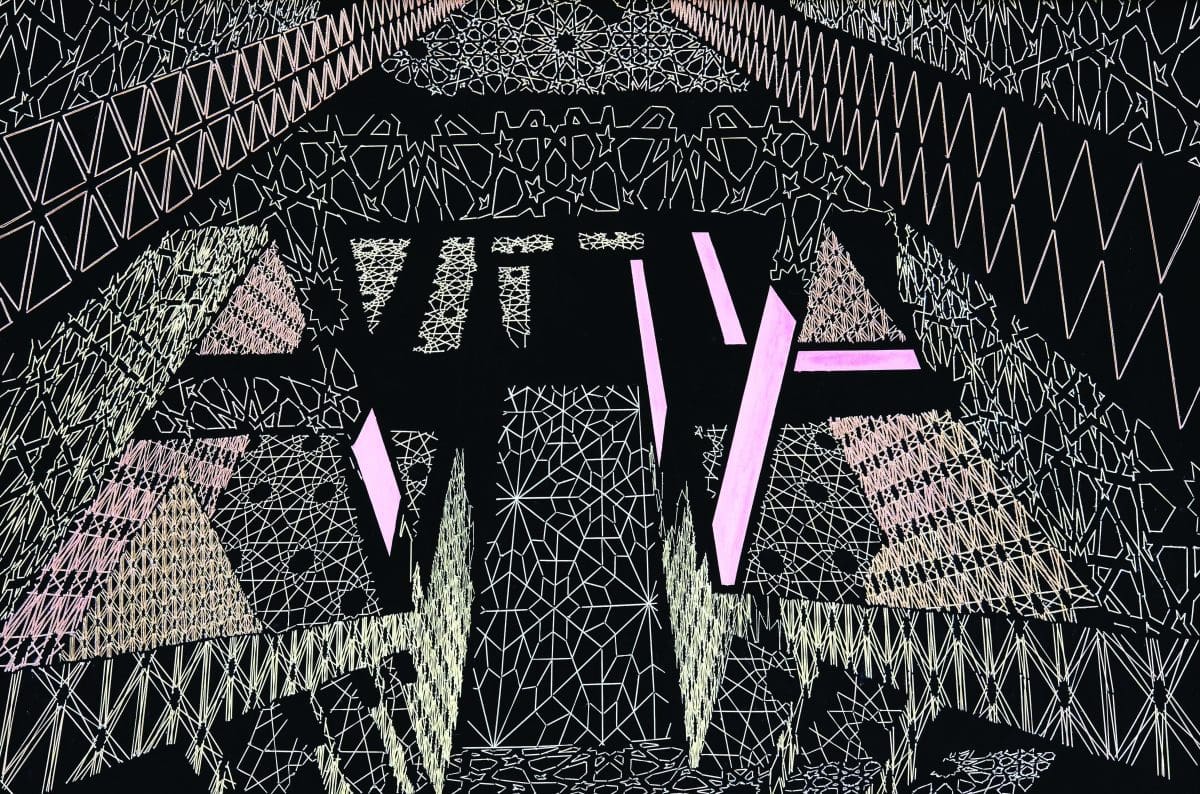
Thidarat Chantachua (Mariem), Dimensions of faith 2, 2017, embroidery and acrylic on fabric, 111 x 164 cm. Courtesy of the artist and 16Albermarle.
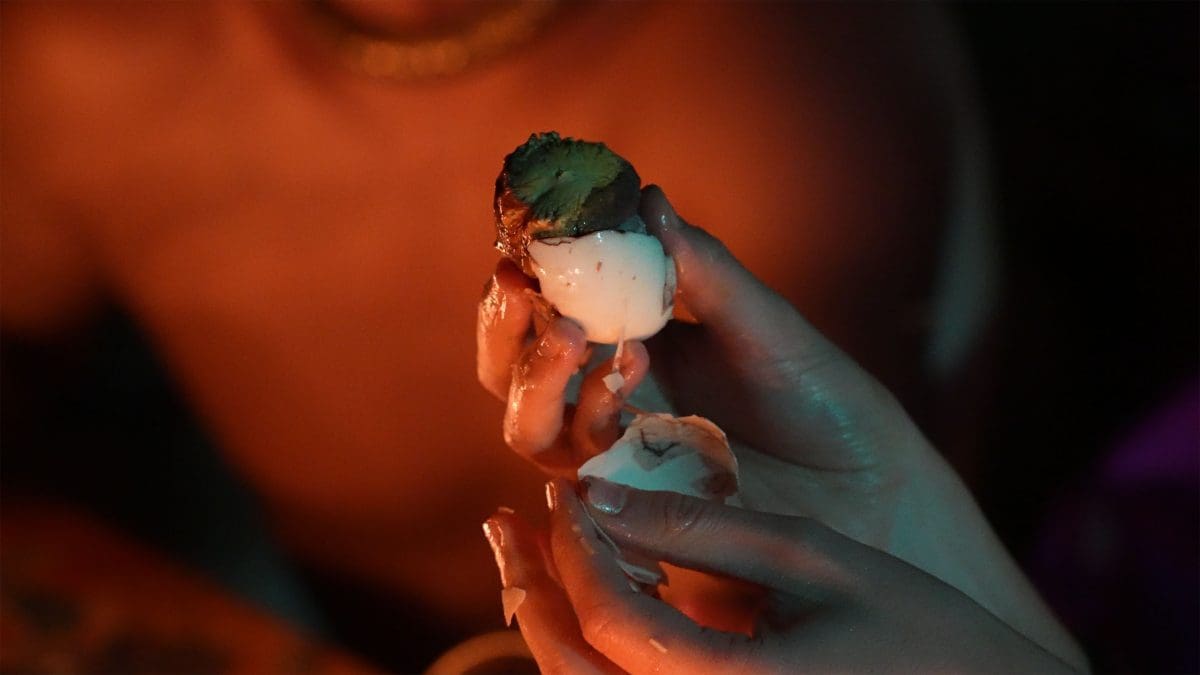
Club Ate (Justin Shoulder, Bhenji Ra, and collaborators), ANG IDOL KO / YOU ARE MY IDOL (still), 2021–22, 2-channel digital video, HD, colour, sound, image courtesy and © the artists. Image supplied by the Museum of Contemporary Art.

Piyarat Piyapongwiwat, Can You Sing The National Anthem? 2015, neon tubes, 20 x 245 cm. Courtesy of the artist and 16Albermarle.
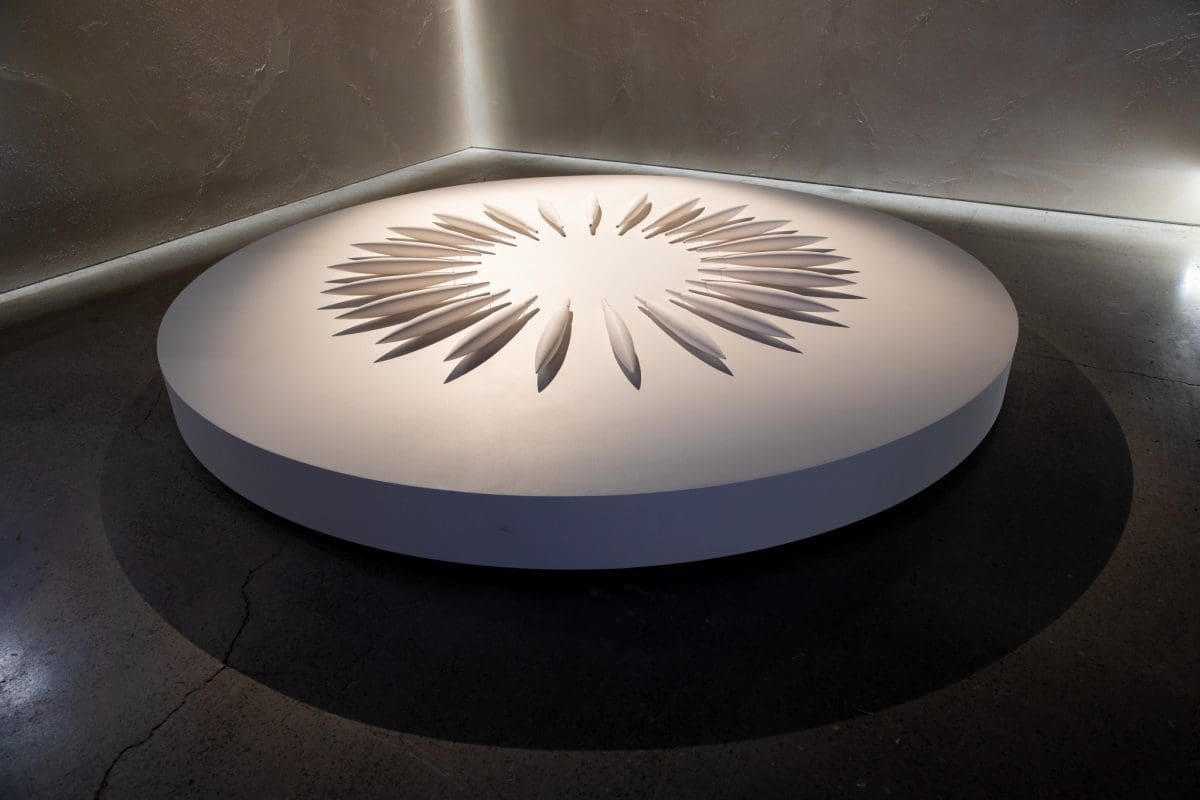
Lucy Simpson, Yuwaalaraay, Yilaalu Cont, 2016, ceramic, unglazed earthenware. Museum of Applied Arts and Sciences, Sydney. Purchased with funds from the MAAS Foundation, 2019. Image courtesy of the artist and State Library Victoria.
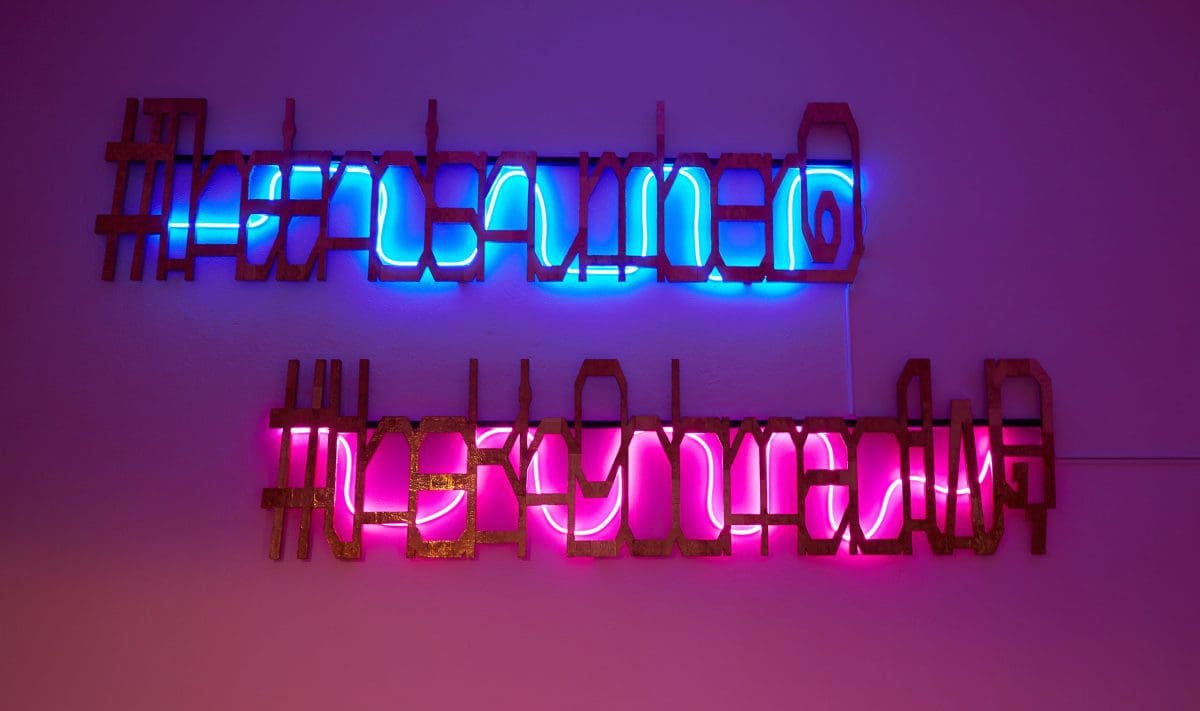
Suebsang Sangwachirapiban, Smile State 1, 2016 and Smile State 2, 2016, both brass sheet metal on plywood and LED, both 61 x 240 cm. Courtesy of the artist and 16Albermarle.
The Museum of Contemporary Art (MCA) exhibition Ultra Unreal takes its name and conceptual inspiration from an idea formulated by the Chinese novelist and essayist Ning Ken. For Ning, the ultra-unreal (or ‘chaohuan’ to give its Chinese name) is a proposed genre, applied mostly to literature, specifically in response to contemporary Chinese society. Ning intends the term to represent his understanding that life in China today is a concoction of wild and absurd contradictions and irrationalities.
As curator of Ultra Unreal, Anna Davis, puts it: “Ning’s idea was that writers needed to invent a new style of fiction capable of tackling the contemporary reality, which, he argued, had become too strange to be meaningfully expressed by existing genres, like magical realism, horror, fantasy or sci-fi. He then proposed a new style of mythological fiction—one that pushes the existing boundaries of the imaginary.”
“Ning’s proposal . . . seems to argue that what we need now are new myths for new kinds of worlds,” says Davis. “This idea and the term ‘ultra-unreal’ stuck with me. I started to reconsider the artists’ works I was researching, and thinking about the ultra-unreal and world-building in contemporary art. Were artists conjuring new worlds to explore beyond our increasingly surreal reality? This line of questioning, the ideas it raised . . . led me to develop Ultra Unreal.”
Ultra Unreal links Ning’s theory with the work of six Australian and international artists and collectives who inventively experiment with world-building in both physical and virtual spaces. Featuring the work of Sydney-based Club Ate, Korakrit Arunanondchai and Alex Gvojic (Bangkok and New York), Lawrence Lek (London), Lu Yan (Shanghai) and Saeborg (Tokyo). “All the artists’ practices are connected to night-life and performance ecosystems across the globe—and dance, music and club cultures impact the worlds they create,” explains Davis.
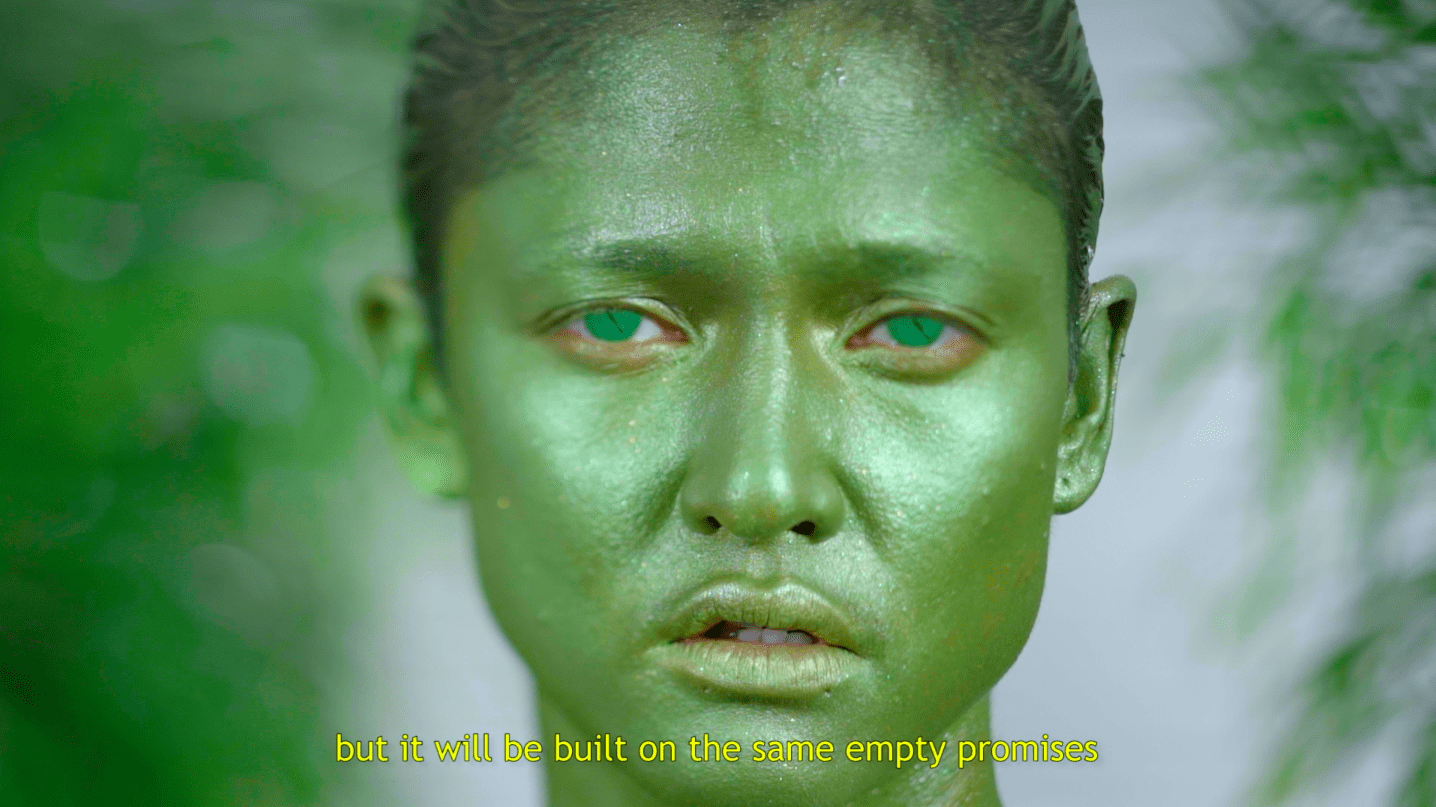
Each artist approaches world-building in distinctive ways such as “creating elaborate costumes, sets and performances,” says Davis, or “using gaming technologies to generate avatars and virtual environments; and working with sound, film and video to create sonic atmospheres and cinematic cosmologies.”
Though the exhibition might appear a fantastical and immersive departure from the recognisable world, in the context of Ning’s ideas, Ultra Unreal becomes tethered to our socio-political reality.
World-building as a tool for political expression is a central feature of another exhibition taking place across two Sydney galleries: Other Possible Worlds: Contemporary Art From Thailand at 16albermarle Project Space and Delmar Gallery. Featuring 12 artists, the world-building in this exhibition takes a more utopian approach to imagining alternative Thai societies. This manifests in numerous ways through paintings, prints, sculpture and installation. The show takes its title from a 1987 painting by the Australian artist Elizabeth Newman, I believe in other possible worlds.
“I like the fact it’s a statement of belief,” says John Cruthers, who curated the show in collaboration with Haisang Javanalikhikara. “Thailand has had many different possible worlds over the last few decades, many of them badly flawed. But we need to believe that other possible worlds can exist and that they will be better. One of the roles of artists is to help us imagine them.
“The exhibition presents Thai artists’ responses both to the previous possible worlds—military coups, the loss of democracy, violence against the people—and their hopes for the future.”
A much less sensory exercise in world-building than Ultra Unreal, Other Possible Worlds envisages Thailand as it might be if certain seismic cultural changes occurred, but is also a snapshot of the nation as it is currently.
The artist Kusofiyah Nibuesa, for example, has created a series of wall reliefs exploring the possibility of peaceful co-existence between Thai Malays, Thai Buddhists and Thai Chinese people. Another artist, Sompote Ang, with his paintings, envisions a Thai society with equality and opportunity at its centre.
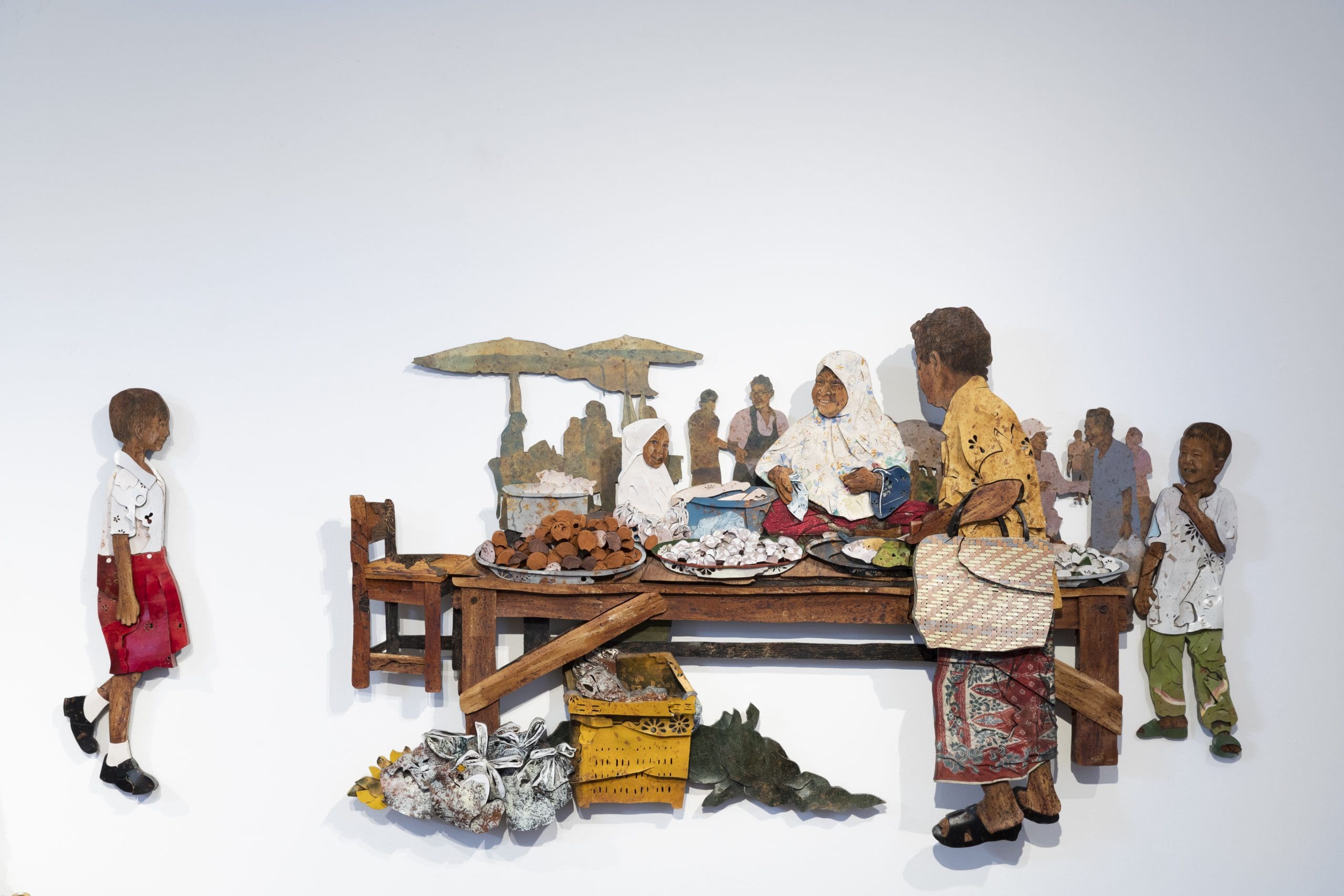
The prints of Taktak Kasarin take an alternative approach to imagining a different world, with a focus on the experience of the individual. Her work, which features depictions of nude female bodies, offers a world with personal expression, empowerment and freedom at its heart. “The overwhelming sensation is of joyful sexual exploration,” says Cruthers, “an embrace of pleasure that is a courageous artistic statement in a Buddhist culture which is still sexually conservative.”
Although Other Possible Worlds takes a vastly different stylistic and aesthetic approach to Ultra Unreal—the exhibitions are comparable in some ways. For example, the imagined worlds in both are created in response to real-world conditions and specific social milieus—Thailand and China respectively. A third exhibition in which world-creation is central takes a different tack.
Handmade Universe: From craft to code and the spaces between at the State Library of Victoria, is not about imagining new civilisations or societies. Instead, the worlds and universes explored are of an internal variety—psychological and emotional spaces formed in the individual consciousness in response to making and viewing art. Private worlds, where imagination creates its own parameters.
This show celebrates and explores the act of creation through diverse mediums that combine craft, technology, art and science: animation, maps, cyanotypes, 3D-printing, 13th century manuscripts and magazines.
“Whether practising age-old crafts or inventing new computer codes, creating by hand is integral to understanding our world and our place in it,” says co-curator Bethan Johnson. “Handmade Universe is inspired by the rewards of making and the limitless scope it gives us for invention and inquiry. It focuses on the idea that when knowledge and skills combine, they can offer new and thought-provoking ways of perceiving the world around us.”
The act of making, therefore, becomes its own world—a private universe the individual enters, a meditative state where “quiet and intimate self-led discovery can be a powerful way to connect with the universal themes of place, culture and identity.”

The exhibition makes special effort to share this intimate feeling of an invigorating, revelatory private world with visitors. The large-scale textile work, Dharangalk Biik I Star by Wurundjeri artist Mandy Nicholson and Sarah Spencer’s Stargazing (created by her hacking a 1980s knitting-machine to form a giant knitted star map) offer an immersive, ethereal experience for the viewer.
Johnson adds that many of the works were created during the COVID-19 lockdown periods and they therefore express how, for many of us, our worlds became shrunken, limited and minimised. Yet, one of Handmade Universe’s most compelling aspects is its notion that one’s immediate surroundings, private thoughts, creative tools and sense of possibility, can create as rich a world as anything that might count as ultra-unreal.
Other Possible Worlds: Contemporary Art from Thailand
16Albermarle and Delmar Gallery
(Sydney NSW)
Until 31 July
Ultra Unreal
Museum of Contemporary Art Australia (MCA)
(Sydney NSW)
22 July—2 October
Handmade Universe: From craft to code and the spaces between
State Library Victoria
(Melbourne VIC)
Until 26 February 2023